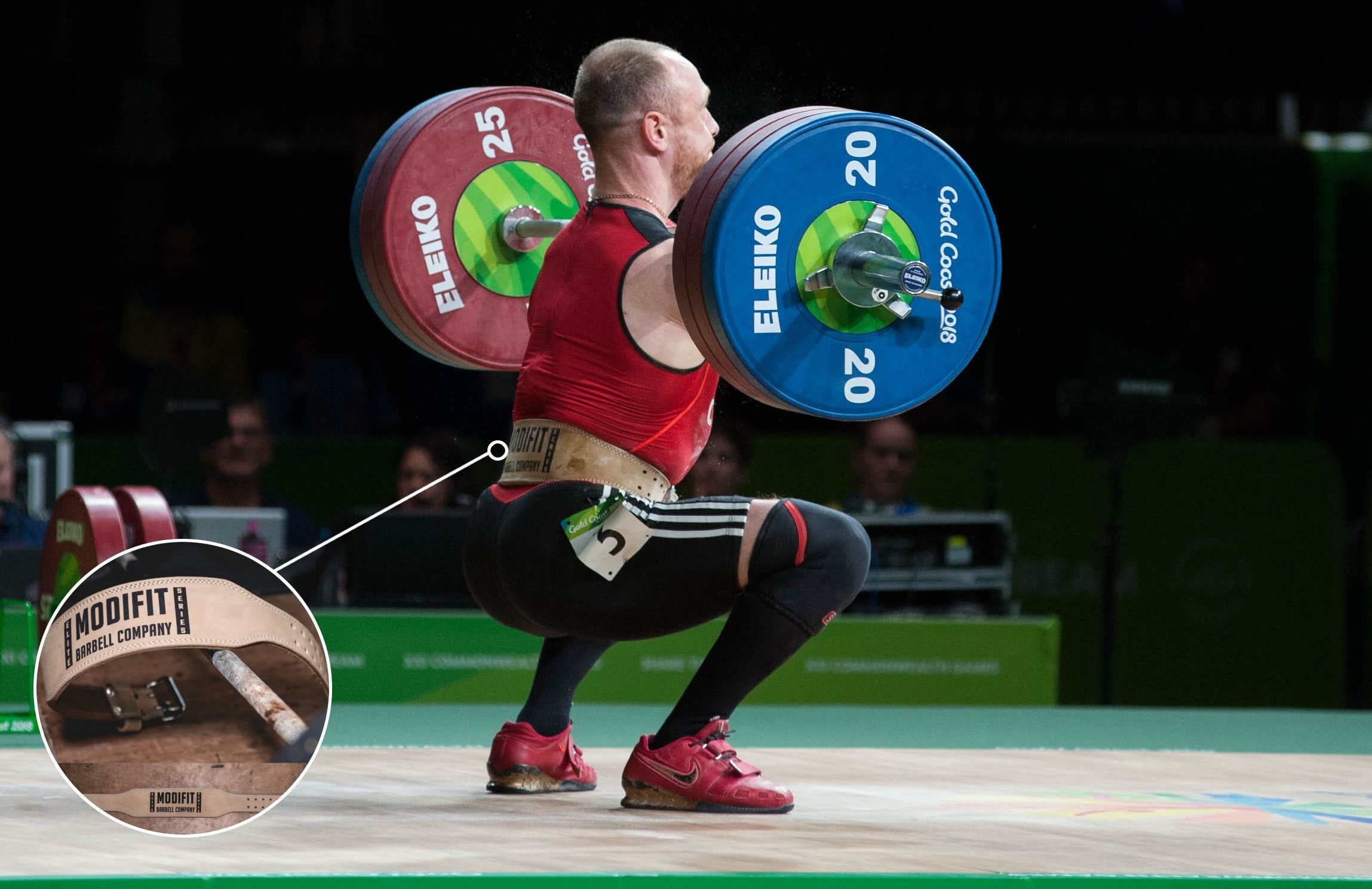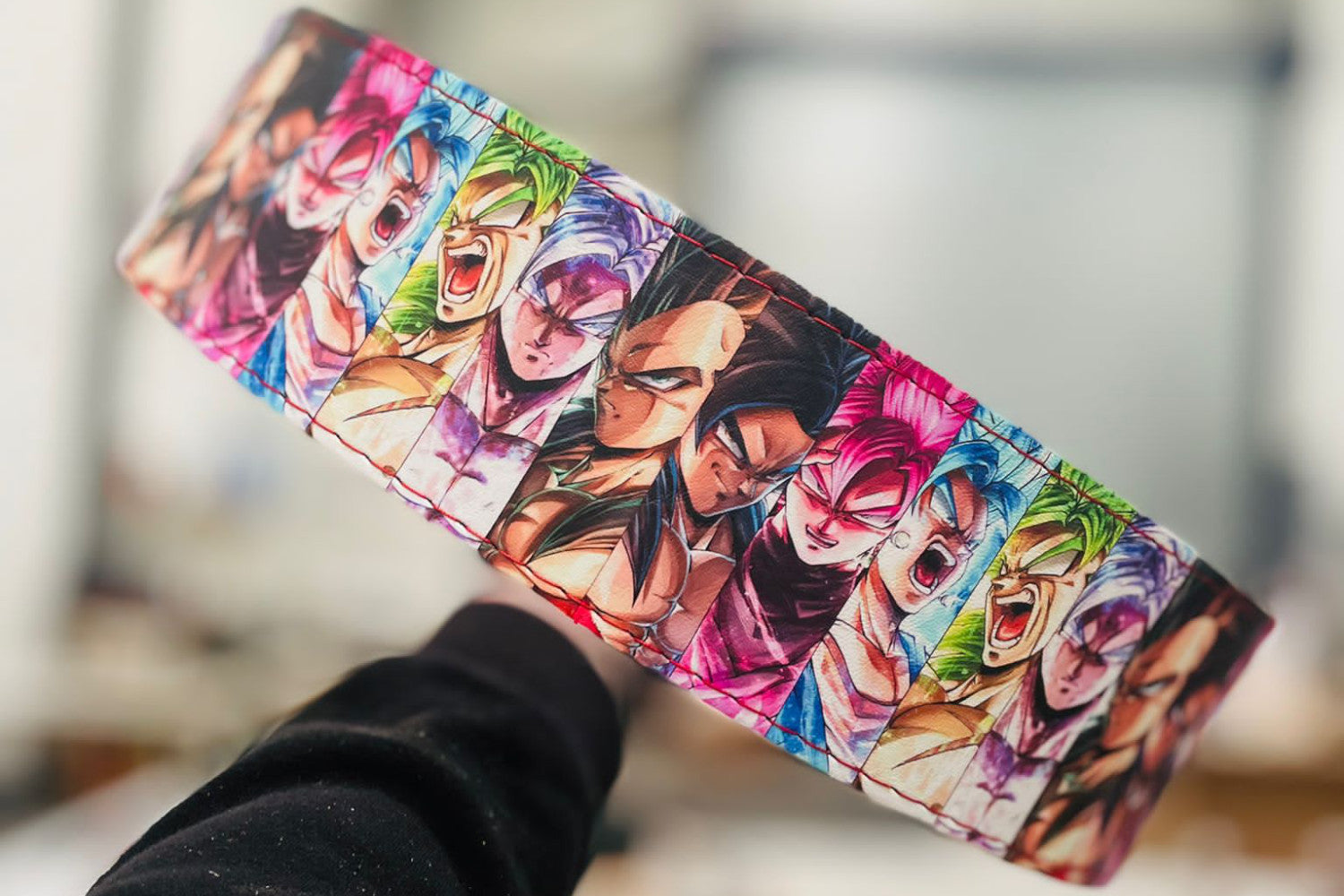
Weightlifting Belts - Which One Is Right For Me?
Looking to add some oomph to your lifts and protect yourself from injury? Well, look no further than a trusty weightlifting belt! This simple piece of equipment can make a big difference in your performance at the gym. But with so many types of belts out there, how do you know which one to choose? Fear not, dear reader, for we have the answers you seek.
First things first, we need to issue a disclaimer: don't be a knucklehead and hurt yourself. If you have a medical condition, please consult your doctor before hitting the gym. And if you're the type of person who thinks they can do a backflip off a Bosu ball, a belt is not going to save you from yourself. With that out of the way, let's talk belts.
Velcro Belts

For those who like to keep it casual, we have the velcro belt. These babies offer the least support but are quick to put on and take off. Plus, you can adjust the tightness to your liking, making them a great choice for CrossFit workouts or olympic weightlifting. Just don't try to compete in an olympic lifting competition with one of these bad boys - the max height allowed on the back is 10cm, and these belts are a bit too high for that.
Weightlifting Belts

If you're looking for a versatile belt that can handle all kinds of lifts, the weightlifting belt is your friend. These leather belts are 10cm high at the back and taper to 5cm on the sides and front, making them a great choice for squats and deadlifts. Our belts are a bit thicker than most (5-7mm), which means you get more support for your money. They're also suitable for lifters of all shapes and sizes, thanks to the tapered sides that prevent digging in.
Powerlifting Belts

For the heavy hitters out there, we have the powerlifting belt. These babies are 10cm wide all the way around and come in two thicknesses (10mm and 13mm). They offer the most support of any belt, making them a go-to choice for powerlifters. They're also suitable for squats and deadlifts, but not so much for smaller athletes or Olympic lifting. If you're a powerlifter, you might also want to consider a lever buckle for quick on and off action. But if you're under 5'9", a 4" powerlifting belt might dig in between your ribs and hips, so you might want to opt for a 3" powerlifting belt instead.
Personalised / Custom Belts

But wait, there's more! At Mobility Tools, we also offer personalised weightlifting belts that are custom-made to your exact specifications. You can choose the colour, size, and even add your own personal touch with your name, logo or full length print. These belts are perfect for anyone looking to stand out in the gym and take their lifting game to the next level. So why settle for a generic belt when you can have one that's uniquely yours? Contact us today to learn more about our personalised weightlifting belts!
How To Use Your Belt
Now, let's talk about how to use a lifting belt. First of all, don't be a fashionista - this isn't Project Runway. Wear your belt only when you're lifting heavy (above 80% of your 1RM) or on your working sets for the day. You don't need it for warm-ups, and wearing it all the time can make you reliant on it. When you do wear it, make sure to tighten it properly and breathe deeply into your belly to create intra-abdominal pressure. And last but not least, never forget that a lifting belt can't save you from your own stupidity. If you try to lift more than you can handle or use bad form, you're gonna have a bad time.
So there you have it, folks - everything you need to know about weightlifting belts. Now go forth and lift heavy! And if you want to get 10% off your first belt, use the code BELT10. This code is not valid with custom belts.




